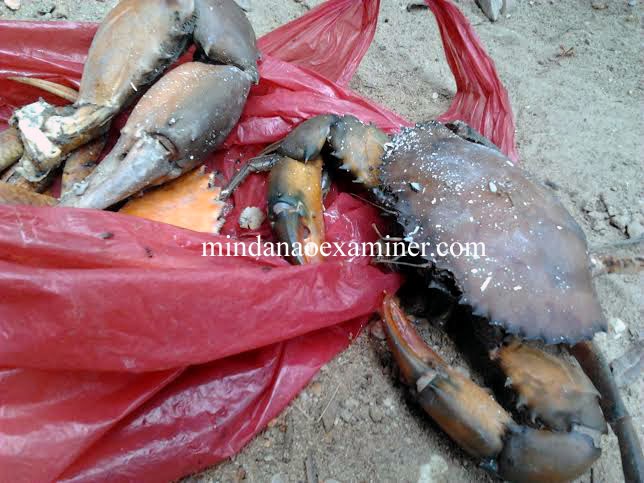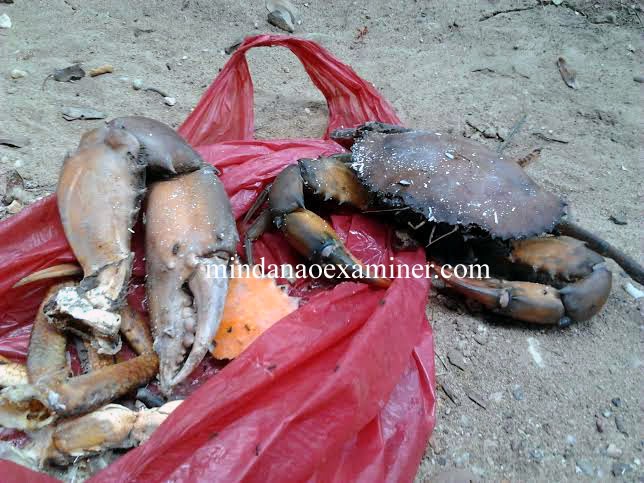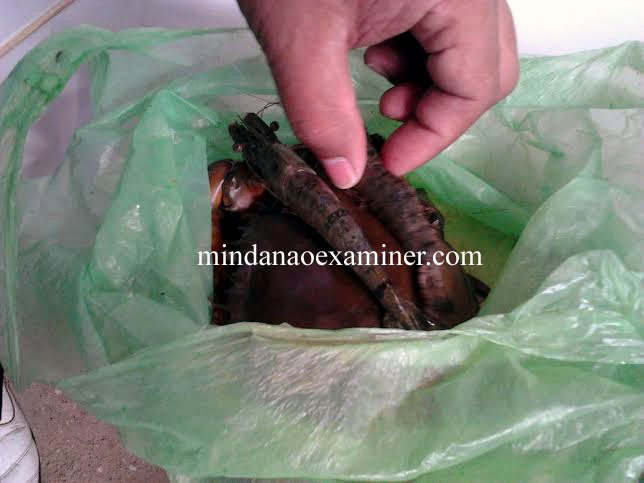
ZAMBOANGA CITY (Mindanao Examiner / Feb. 7, 2014) – A lethal and contagious virus has killed shrimps and crabs in many fishponds on a village in Zamboanga City in southern Philippines and local officials have ordered an investigation into the origin of the infection.
Government experts blamed White spot syndrome for the infection that is creeping in Vitali village and has affected fishpond owners, but local legislators wanted more studies and tests after some villagers living near the river developed skin rashes and fear that a mining company conducting exploration in the area may be dumping toxic chemicals into streams.
But Atro Mining said it has not started operation in Vitali and denied allegations blaming the company for the spread of the disease.
“Our company categorically and vehemently denies all these unfounded allegations and hasty generalizations without first looking at the facts and making scientific investigations. Amid this threat to the fishpond sector, which is also happening elsewhere, our company is saddened by the recent events as it affects the livelihood of Vitali residents especially those who rely on the fishpond industry. However, it is disheartening to note that this unfortunate incident is being linked by some people, for whatever reasons, to our company as the cause of the said viral infestations,” it said.
Atro Mining said it is still on the exploration stage of its iron ore project in Vitali and in the conduct of the exploration activities, the company is not using any form of chemicals.
White spot syndrome is a viral infection killing shrimps and even crabs quickly.
According to the Journal of Virology of the American Society for Microbiology, White spot syndrome virus occurs worldwide and causes high mortality and considerable economic damage to the shrimp farming industry and has no adequate treatments against this virus are available.
The Department of Agriculture, Fisheries and Forestry of Australia said the virus is known to occur in fresh, brackish and marine water and rapid mortalities have been reported in many countries of up to 80% or more within three to 10 days.
It said viral multiplication and disease appears to be induced by environmental and handling stress such as eye-stalk ablation, spawning, moulting, and changes in salinity, temperature and pH and during plankton blooms.
It added that all life stages are potentially susceptible, from eggs to broodstock and that the virus transmission occurs from infected broodstock via cannibalism of sick or dying prawns, or directly through contaminated water. Birds can also transmit the disease from pond to pond by releasing caught prawns over neighbouring ponds. (With a report from E. Dumabo)




